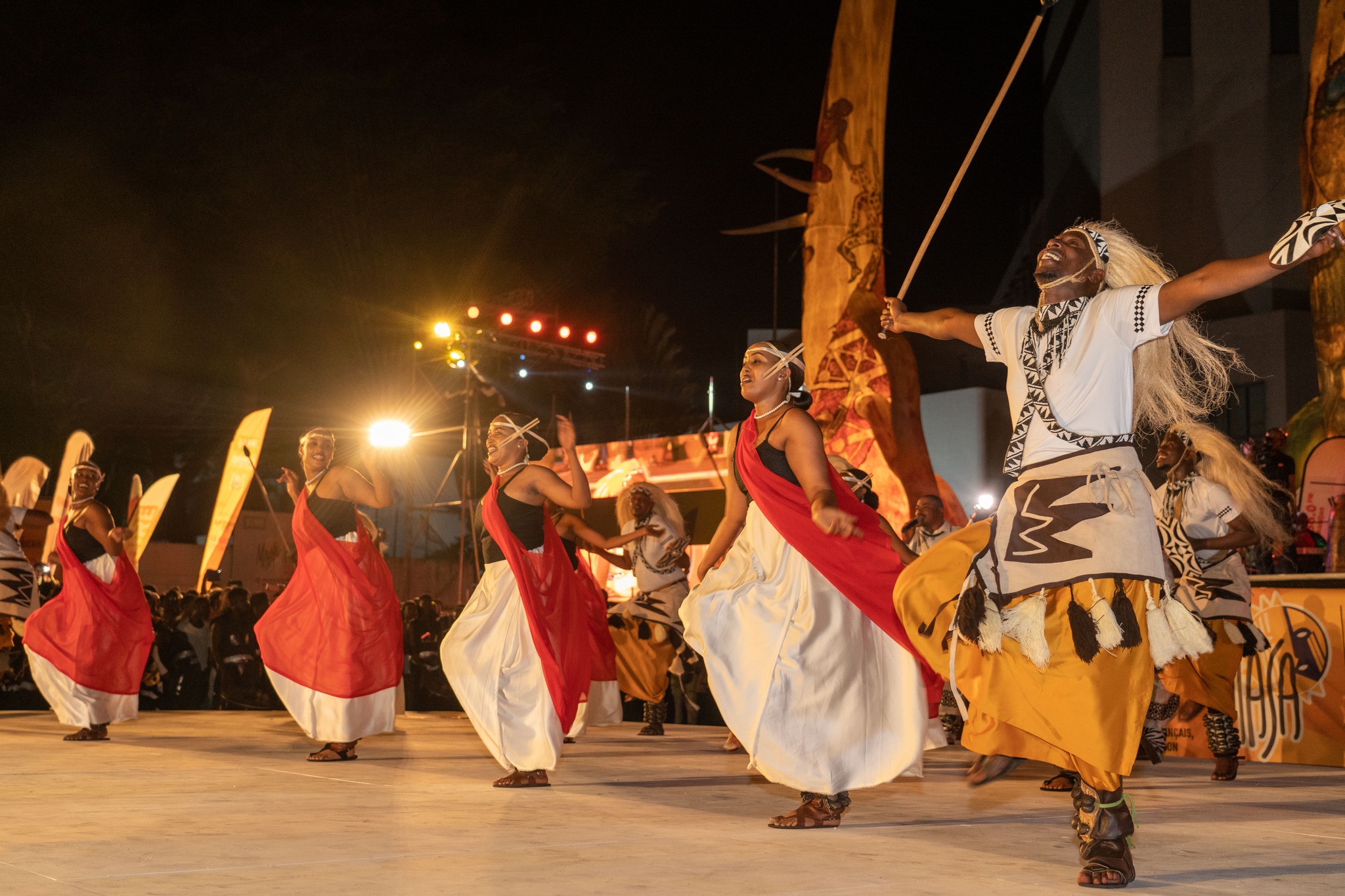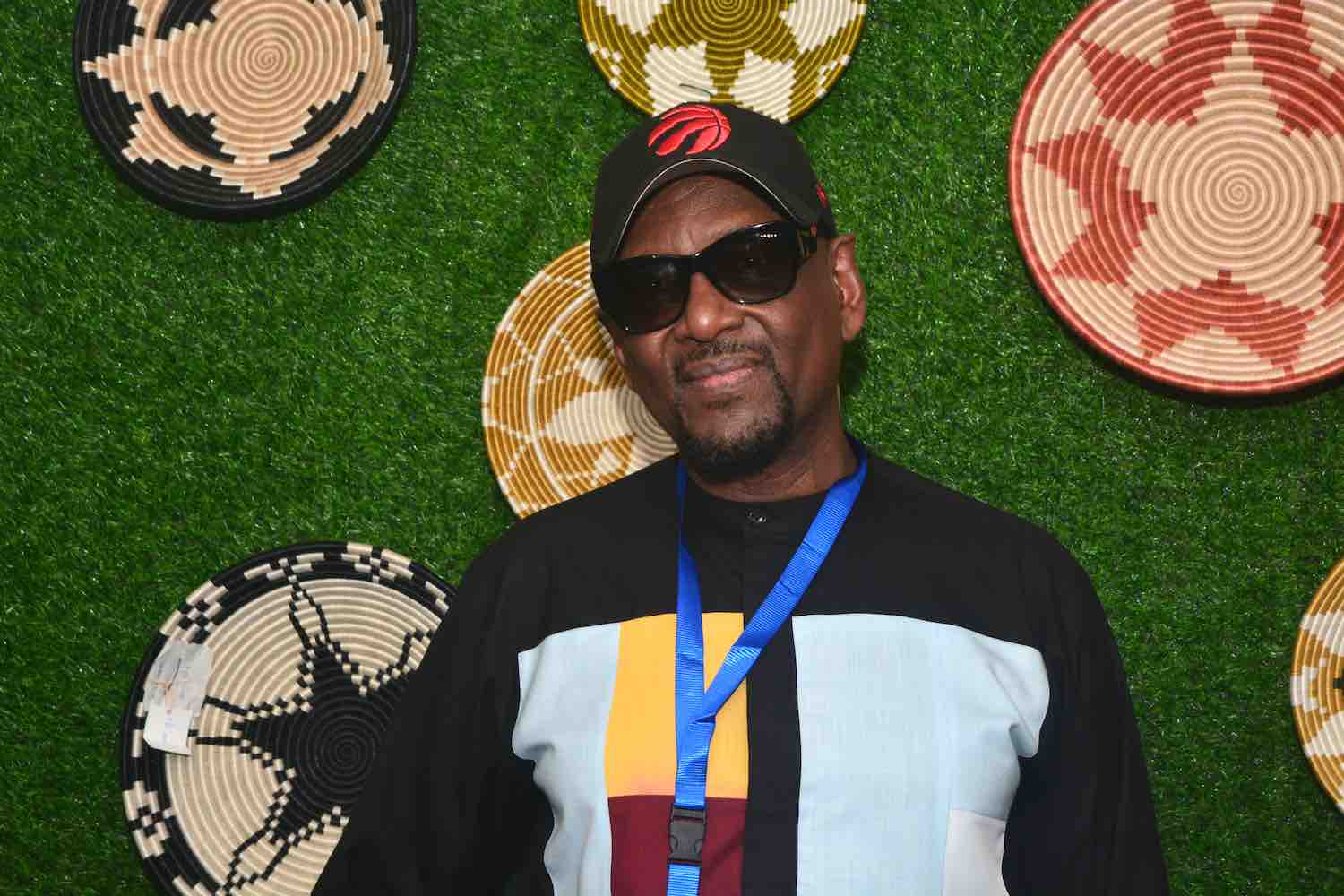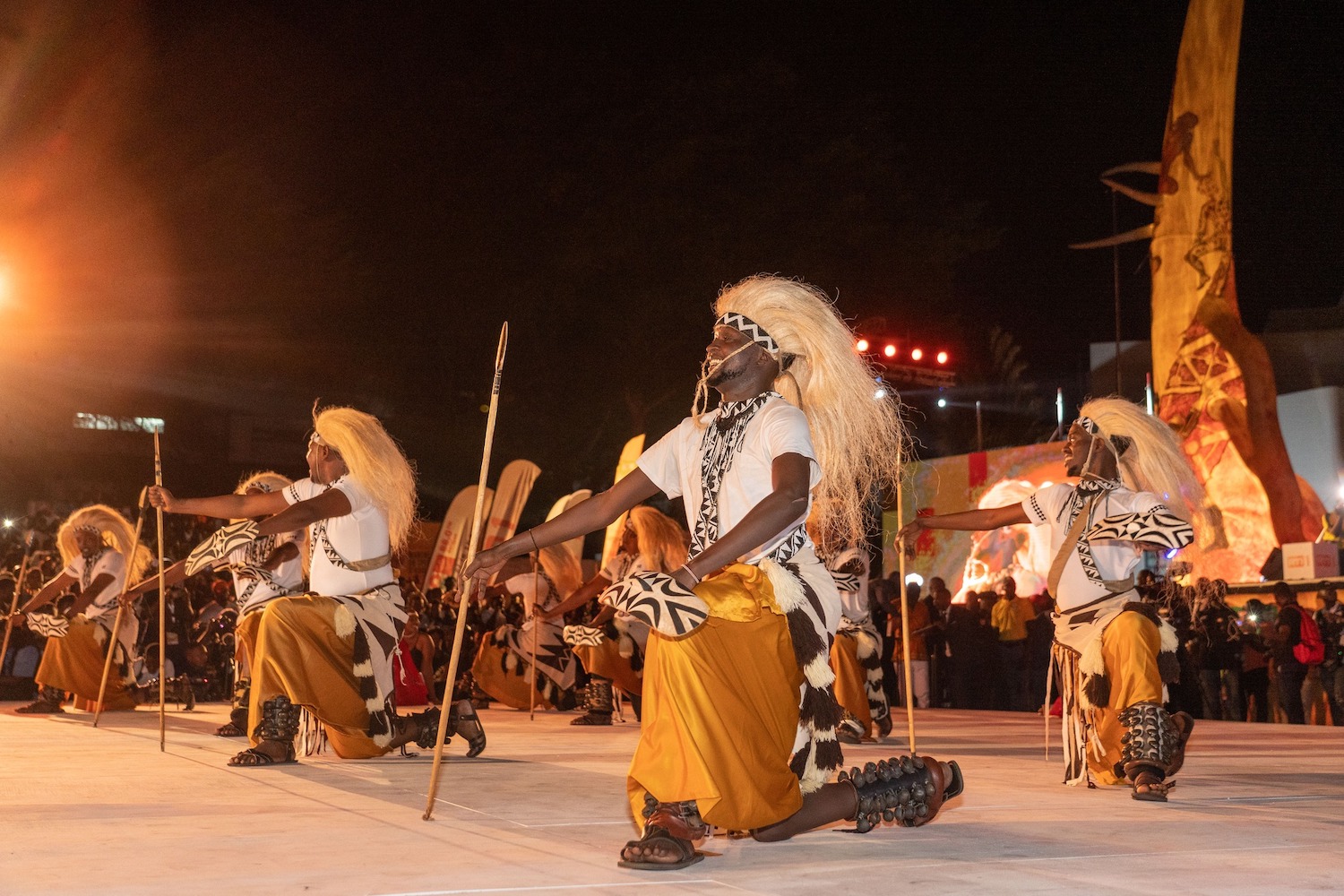
Rwanda is present as guest of honor at the 13th edition of the Marché des arts du spectacle africain d’Abidjan (MASA), with the National Ballet and a theater troupe.
By Koné Seydou
After a performance at the opening ceremony on Saturday, April 13, and another on Monday, April 15, at the Salle Christian Lattier at the end of the Focus Rwanda round-table discussion – « The impact of arts and culture in the development process: the example of Rwanda » -, the Ballet will return to the stage this Tuesday at Place Inch’Allah in Koumassi (Abidjan).
The Rwandan delegation is delighted that their culture is appreciated by the people of Côte d’Ivoire. The National Ballet has certainly made an impression on the many spectators at MASA. A part of Rwanda’s heritage, the National Ballet is a selection of the most talented artists (male and female) from different troupes representing the country’s different regions. Within the country, and on stage, there are a multitude of dance troupes dressed accordingly, some wearing yellow, others in red or black.
It’s an understatement to say that, when performing abroad, the National Ballet takes on the role of cultural diplomat, promoting Rwanda and safeguarding the country’s heritage. However, to join the Ballet, you have to be the « best of the best » and versatile, says Massamba Intore, the artistic director. At home, the Ballet performs at festivities, state ceremonies, or VIP meetings.
At MASA, the Ballet represents multiple disciplines: a drum dance performed by girls, notable for its slow rhythms and graceful gestures, and the boys’ dance (intore – war dance) and singers. At the opening ceremony on Saturday April 13, equipped with assegais (spears) and special headdresses, the intore was shown with the dancers handing over their spears to the Ivorian authorities who were present, including the Prime Minister, Robert Beugré Mambé. A symbolic gesture that did not escape notice.
“It’s a dance that shows bravery, » explains Massamba, « the joy when you come from a battle or a war. In front of the king, it’s as if the dancer is reporting to him« . Beyond the performance, the scenography (song, drum language, and dance) is of great importance. The choreography teaches that Rwanda was scarred by the genocide against the Tutsis.
The living arts, through the Ballet, bear witness to the fact that the country, in its reconstruction after 1994, has been born anew. And, in its reconstruction phase, dance has been an important vector of political discourse.
Today, Rwanda is a unified country, albeit heir to a painful past. But « living with the past is not a flaw, it’s a strength« , admits the Rwandan Minister of Culture. “Because dance should be convivial,” Massamba comments, « when we’ve finished presenting the show, we put away our instruments and allow two minutes of conviviality with the audience to create a synergy with the host country. »

Massamba Intore, Artistic director of the National Ballet of Rwanda © Seydou Koné
In this way, the National Ballet always represents Rwanda’s cultural heritage and tradition. “For us, » Massamba points out, « each region has its own music and dance. It is this cultural richness that the National Ballet appropriates and presents with technical skill in choreography that tells a story.” “The particularity of the Ballet, » explains the artistic director, « is to bring together dance, song and poetry from all the regions of Rwanda, with the aim of putting on a show.” Not surprisingly, the shows change from one to the next, and from one country to another. The show presented in Côte d’Ivoire will not be the same as the one presented in Canada, where the Ballet will soon be performing. Traditions are not the same, so « we adapt to the host country so as not to distance ourselves from the culture, » explains Massamba. “We try to see the country [Rwanda] through dance and song.«
Artistic director of the National Ballet for the past five years, Massamba Intore is a renowned artist-musician in Rwanda. Playing the zither (Inanga) and the piano, he describes his music as tradi-modern. Afro Kacondo, his musical style, is a blend of jazz, blues and traditional Rwandan sounds. His singing is inspired by the Rwandan Gacondo. He also emphasizes tradi-gacondo. Within the Ministry of Culture, National Unity and Scenic Expression, he works in the department responsible for Rwanda’s cultural heritage.

© NGuessan-Zoukou Annick
